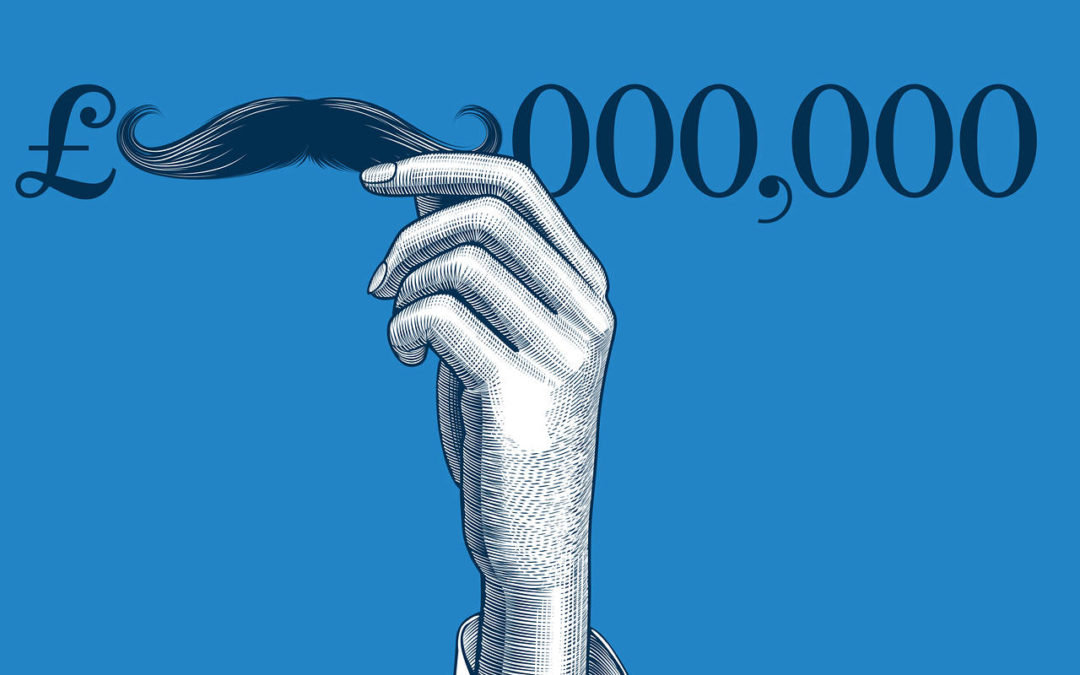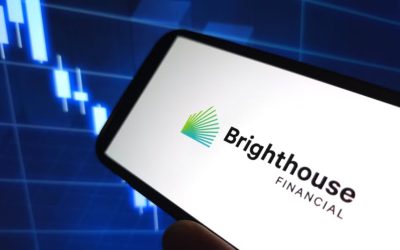Private equity firms have long been judge and jury when valuing their portfolio companies — but pressure for change is building
For many portfolio companies, the value is in the eye of their private equity owner. Just ask Southland Royalty, a US energy firm that filed for bankruptcy last week.
At the end of September last year, EnCap Investments, the private equity firm that owned Southland, valued its investment in the company at $773.7m, according to The Wall Street Journal. By the end of 2019, EnCap had written down the investment to zero, the WSJ reported.
How could an investment of that size go from hero to zero in a matter of months? Because private equity firms are judge and jury when it comes to valuing their portfolio companies. By and large, they decide how to value their investments, when to change those valuations and what to communicate to their investors.
Mark-to-myth
Critics refer to this practice, a far cry from the second-by-second valuations provided by equity markets, as “mark-to-myth”. Private equity executives have long argued that it actually protects investments and investors from short-term volatility and wild swings in prices, and allows buyout funds to work on improving their companies’ operations and finances.
Not for long. Economic uncertainty, pressure from European regulators and corporate governance concerns are challenging the industry’s self-service approach to valuations.
Alternative investments firms are coming under increasing pressure to bring in independent third-parties to tell them how much their investments are actually worth.
“At no point in my career in the past 15 years, has it been quite as acute of a risk as it is now in terms of valuations,” says Ryan McNelley, a managing director in the portfolio valuation division at Duff & Phelps.
The changes to the status quo are made all the more urgent by the market environment. As economies and capital markets enter the tail-end of a long period of expansion, the chances of a sudden downturn – and more casualties like Southland – are increasing.
“Markets have been on a positive run since 2009. Generally as the markets have gone up, the risk of that from a valuation perspective in illiquid assets is that everyone becomes really complacent because no one is being hurt,” McNelley adds. “When the market correction happens [it will] reveal deficiencies in the way people do things.”
Illiquid investments, such as private equity stakes, are notoriously difficult to value and it is not uncommon for different buyout firms invested in the same company to have diverging views of its worth.
But the elusive quest for the “fair value” of their companies can lead private equity firms and limited partners down some dark alleys. Industry insiders say that LPs should worry about biases and conflicts of interests.
One common concern is that, during fundraising periods, managers have an incentive to keep valuations of existing holdings high to flatter their track-record.
On the flip-side, however, if an investment is losing value “the manager might be embarrassed and have personal reputational concerns and [may be] incentivised to not recognise it unless they have to,” as McNelley says.
Last valuation counts
Another potential issue: private equity chiefs don’t have a lot of incentive to spend much time on valuations because they have no bearing on their final compensation. Partners make the big bucks only when the investment is sold so it’s only the last valuation that matters.
“They don’t get paid on the marks,” notes to Milko Pavlov, a director in the financial and valuation advisory business at Houlihan Lokey. “Performance fees are realised when the portfolio is exited,” Pavlov says.
The veil of secrecy over private equity valuations can also give them an edge over asset managers dealing in listed companies.
“The net result of marking your assets to what you want? Unrealistic smoothing of returns and material misrepresentation of inherent volatility and risk of private equity portfolios,” says Julian Klymochko, CEO of Accelerate, a Canadian digital platform offering hedge fund and private equity strategies in exchange traded funds.
“One bad month can be cause for an investor redemption, cancellation of a commitment, or even an end career for an investment manager of public securities. Conversely, private equity firms can just paper over the temporary losses, as the average private equity fund literally has holdings that often go to zero (bankrupt).”
Change is on the horizon. Regulatory requirements in the European Union regarding alternative investments have meant that some in the private markets have been bringing in independent or third-party valuers. The Alternative Investment Fund Managers Directive requires independent valuations on illiquid investments. This means that, although firms are not forced to employ external third parties, they need to make sure the valuation is “functionally independent from portfolio management”.
In addition, the International Private Equity and Venture Capital Valuation Guidelines Board, an industry body promoting best practice among firms, in December 2018 updated its existing non-binding guidelines.
Shorter shelf life
The update stated that the price of a recent investment should not be used as the default way to calculate fair value. In the past, some had misinterpreted previous guidelines and “used the price of a recent investment blindly without additional analysis for an extended period of time” the report noted.
“The shelf life of a valuation today is much shorter than what it was five years ago. So last round of funding deserves much more scrutiny around how comparable it is and also of how long it lasts,” says Matt Warren, director in the deal advisory valuations business of KPMG.
He says increasingly, investors in illiquid assets want to have a greater view of independence from a third party. In addition, both investors and non-executive directors are pushing for greater transparency.
“When returns are going in one direction, investors are happier to let the returns flow. In times of volatility there is a greater question mark on how they got the value,” he says.
Source: Financial News
Can’t stop reading? Read more
Aquarian Capital to take Brighthouse private in $4.1bn deal backed by Mubadala and RedBird
Aquarian Capital to take Brighthouse private in $4.1bn deal backed by Mubadala and RedBird...
Blackstone and Permira draw early interest from Prosus, EQT and others for €10bn Mobile.de stake
Blackstone and Permira draw early interest from Prosus, EQT and others for €10bn Mobile.de stake...
KKR reunites with BMG to expand investments in high-value music catalogues
Bain Capital prepares Eleda IPO in Stockholm amid strong Nordic infrastructure demand Bain Capital...




